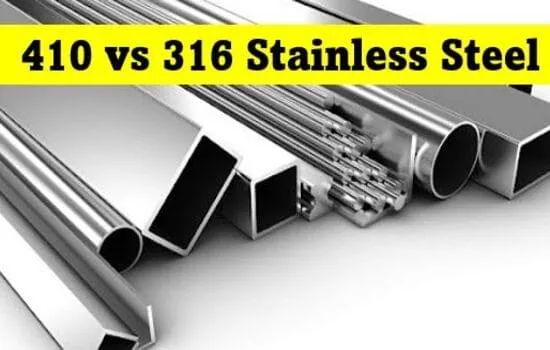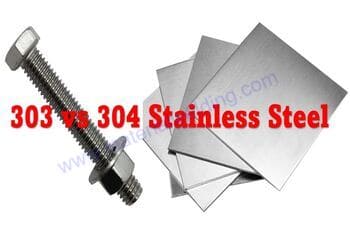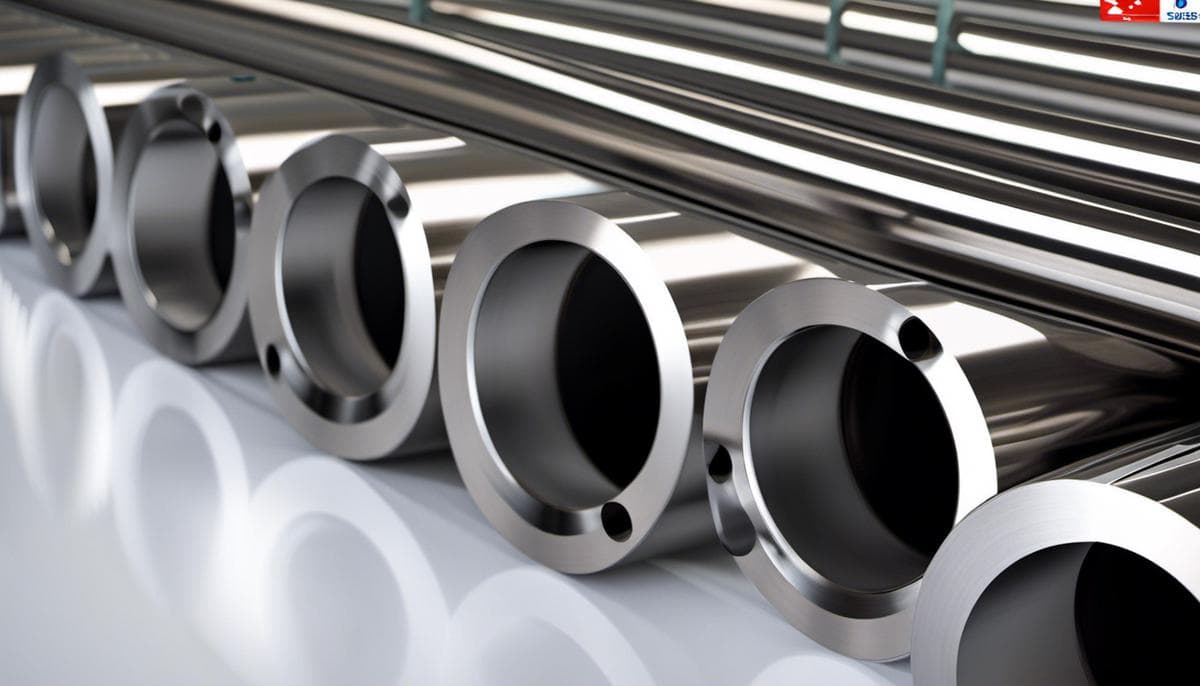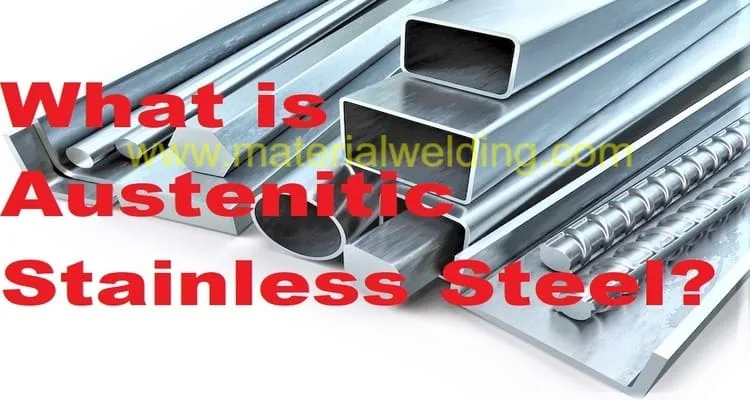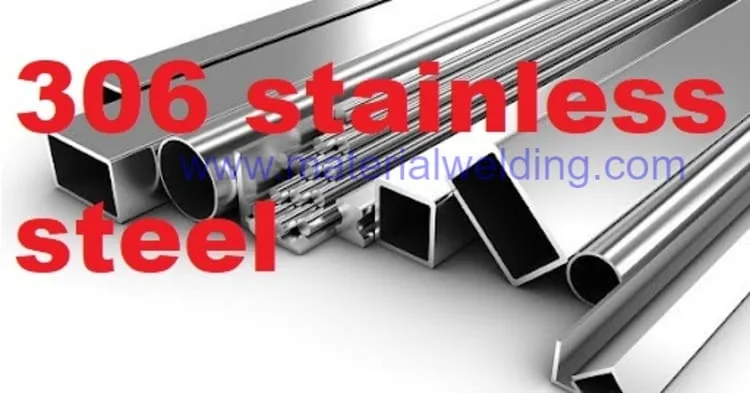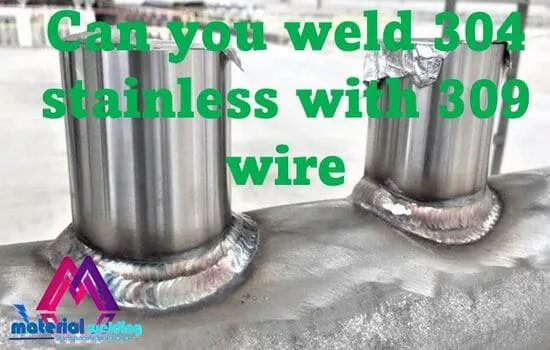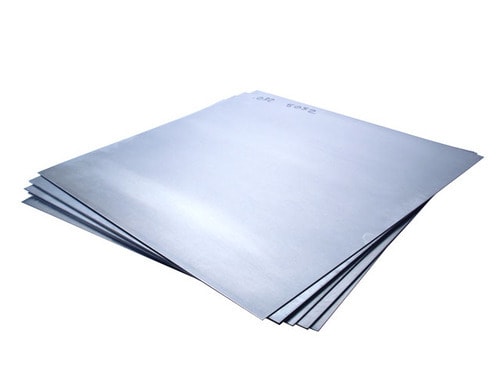Carbon Steel vs. Stainless Steel
Have you ever thought about what makes your kitchen knife sharp, or what your car is made of? The answer could be carbon steel or stainless steel. But what’s the difference between the two? And which one is better? If you’re curious to learn more, this easy-to-understand guide is just for you.
When it comes to choosing the right material for a project, the decision can often boil down to carbon steel versus stainless steel. Both are popular choices in a wide range of applications, from construction to cookware. But how do you choose between the two? This blog aims to break down the properties, advantages, and drawbacks of both materials to help you make an informed decision.
Understanding Carbon Steel
Carbon steel is an alloy made from iron and carbon. The carbon content can vary, leading to products with different characteristics. Carbon steel is categorized into three types:
- Low Carbon Steel: Contains up to 0.3% carbon. It’s soft and easy to shape. It’s often used in wires, car body panels, and for structural shapes.
- Medium Carbon Steel: Contains between 0.3% to 0.6% carbon. It’s stronger and harder but also more difficult to weld and shape. It’s frequently used in railway tracks and gears.
- High Carbon Steel: Has a carbon content of 0.6% to 1.4%. It’s extremely strong and holds a sharp edge but is also brittle. It’s commonly used for springs and high-strength wires.
Some of the most widely used grades of carbon steel include:
- AISI 1018: This is a low carbon steel grade often used in machine parts, structural applications, and automobile bodies.
- AISI 1020: Another low carbon steel grade, it’s used in many mild steel applications such as gears, shafts, and threaded rods.
- AISI 1045: This is a medium carbon steel grade used in applications where higher strength and hardness are required, such as axles, bolts, and gears.
- ASTM A36: This is a low carbon steel used in many structural applications, including bridges and buildings.
- ASTM A516 Grade 70: This is a high carbon steel used in pressure vessels and boilers.
- ASTM A572 Grade 50: This is a high-strength, low-alloy carbon steel used in structural applications.
- ASTM A53: This is used for mechanical and pressure applications, as well as for steam, water, gas, and air lines. It’s suitable for welding and for forming operations involving coiling, bending, and flanging.
- ASTM A106: This grade is used for high-temperature pressure applications including boilers, power plants, and oil and gas refineries.
- API 5L: This is a specification for line pipe that can be used in conveying gas, water, and oil in both the oil and natural gas industries. The grades include API 5L X42, API 5L X52, and API 5L X70.
- ASTM A333: This grade is used for low-temperature applications and comes in several grades, each with different impact properties.
Understanding Stainless Steel
Stainless steel is also an alloy of iron, but it contains at least 10.5% chromium. The chromium forms a protective layer of chromium oxide on the surface, which gives stainless steel its characteristic corrosion resistance. Click here to learn what is Stainless steel and Classification of stainless steel.
There are various grades of stainless steel, but the most commonly used ones are:
- 304 (Austenitic)
- 316 (Austenitic)
- 410 (Martensitic)
- 430 (Ferritic)
- 2205 (Duplex)
- 904L (Austenitic)
- 317L (Austenitic)
- 321 (Austenitic)
- 17-4PH (Precipitation Hardening)
- 309 (Austenitic)
- 310 (Austenitic)
- 347 (Austenitic)
- A286 (Austenitic)
- 446 (Ferritic)
- 2304 (Duplex)
- 2507 (Super Duplex)
- 15-5PH (Precipitation Hardening)
- Austenitic stainless steels are characterized by their high corrosion resistance and are non-magnetic.
- Martensitic stainless steels are known for their high hardness and strength with moderate corrosion resistance.
- Ferritic stainless steels are magnetic and have good corrosion resistance and formability.
- Duplex stainless steels combine characteristics of austenitic and ferritic stainless steels, offering higher strength and corrosion resistance.
- Precipitation-hardening stainless steels can be heat treated to provide high strength.
Comparing Carbon Steel and Stainless Steel
| Property | Carbon Steel | Stainless Steel |
|---|---|---|
| Strength | High | Medium to High |
| Corrosion Resistance | Low | High |
| Cost | Less Expensive | More Expensive |
| Weldability | Good | Excellent (for austenitic grades) |
| Machinability | Good | Good (for ferritic and martensitic grades) |
| Heat Resistance | Good | Excellent |
Strength
Both carbon steel and stainless steel have good strength, but carbon steel is generally stronger. However, stainless steel can also be made to be very strong, depending on the grade.
Corrosion Resistance
Stainless steel is known for its excellent corrosion resistance due to the chromium content, which forms a protective oxide layer on the surface. Carbon steel, on the other hand, is prone to rust when exposed to moisture and air.
Cost
Carbon steel tends to be less expensive than stainless steel. However, the cost can vary depending on the specific grades and forms of each material.
Weldability
Both materials are weldable, but stainless steel, particularly the austenitic grades, is known for its excellent weldability. Carbon steel is also weldable but can be more challenging when dealing with the higher carbon content versions.
Machinability
Both materials have good machinability. However, ferritic and martensitic grades of stainless steel are easier to machine than austenitic grades.
Heat Resistance
Stainless steel is generally more heat resistant than carbon steel. This makes it an excellent choice for applications involving high temperatures.
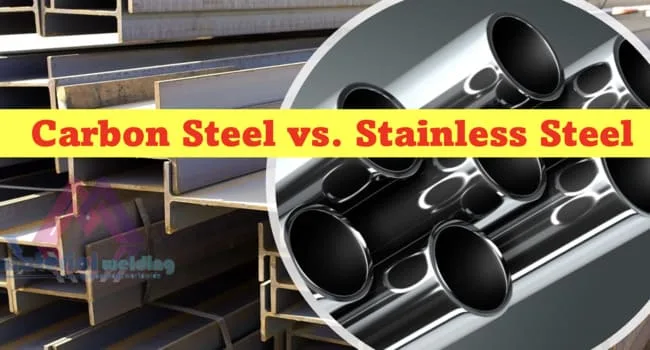
carbon steel vs stainless steel properties
Here is a basic comparison of carbon steel and stainless steel properties. Note that the values can vary based on specific grades and processing methods.
| Property | Carbon Steel | Stainless Steel |
|---|---|---|
| Corrosion Resistance | Low (but can be improved with coatings or treatments) | High (due to at least 10.5% chromium content) |
| Strength | High (varies with carbon content) | Varies (generally lower than carbon steel, but can be increased with certain alloys or heat treatments) |
| Toughness | Varies (higher in low carbon steels, can be lower in high carbon steels) | Generally high (especially in austenitic grades) |
| Cost | Generally lower | Generally higher |
| Magnetic | Yes | No (for austenitic grades like 304 and 316, but yes for ferritic and martensitic grades) |
| Heat Resistance | High (certain grades) | Varies (generally lower than carbon steel, but certain grades can withstand high temperatures) |
| Wear Resistance | High (especially in high carbon steels) | Lower (but can be improved with certain alloys or heat treatments) |
carbon steel vs stainless steel Compositions
| Element | Carbon Steel | Stainless Steel |
|---|---|---|
| Carbon | Typically up to 2.1% | Typically up to 1.2% |
| Iron | Majority | Majority |
| Chromium | Not Present | Typically 10.5 – 30% |
| Nickel | Not Present | Varies (common in austenitic grades) |
| Manganese | Varies | Varies |
| Silicon | Varies | Varies |
| Molybdenum | Not Present | Varies (common in certain grades) |
| Others (Copper, Titanium, Niobium, Nitrogen etc.) | Varies | Varies |
Please note:
- Carbon steel is essentially an alloy of iron and carbon, with small amounts of other elements such as manganese, silicon, and copper.
- Stainless steel is a steel alloy with at least 10.5% chromium content by mass. It may also contain other elements, such as nickel, molybdenum, and nitrogen, depending on the grade.
- The exact percentages can vary based on the specific type and grade of steel. Always refer to the specific material specification for accurate composition details.
Carbon Steel vs. Stainless Steel- which one have high corrosion resistance and why?
Stainless steel has a higher corrosion resistance compared to carbon steel. This is primarily because of the presence of a minimum of 10.5% chromium in its composition. The chromium in stainless steel reacts with oxygen in the atmosphere to form a thin, invisible layer of chromium oxide on the surface of the steel. This layer is what gives stainless steel its ability to resist rust and corrosion.
This chromium oxide layer is self-healing. That means if the metal gets scratched or damaged, a new layer of chromium oxide will form and protect the steel from corrosion. This property makes stainless steel an excellent choice for applications where resistance to rust and corrosion is important, such as in kitchen utensils, medical equipment, and marine applications.
On the other hand, carbon steel, even though it’s stronger and more durable, does not have a high resistance to corrosion. The more carbon the steel contains, the more susceptible it is to rust. This can be mitigated by applying protective coatings or via galvanization, but it doesn’t match the inherent corrosion resistance of stainless steel.
Carbon Steel vs. Stainless Steel- Toughness & Impact Properties
Toughness and impact resistance are crucial properties when selecting a material for a specific application. While both carbon steel and stainless steel possess these properties to varying degrees, how they compare can depend on the specific grades being evaluated.
Carbon Steel: In general, carbon steel’s toughness and impact resistance can vary widely based on the amount of carbon present. Lower carbon steels are typically more ductile and tougher, with a higher impact resistance. As the carbon content increases, the steel becomes harder and stronger through heat treatment, but it also becomes less ductile and, therefore, less impact resistant.
High carbon steels can be quite hard, but their toughness and impact resistance are lower than those of low carbon steels. They may also be brittle if they are not correctly heat-treated.
Stainless Steel: On the other hand, stainless steels, particularly austenitic grades like 304 and 316, have good toughness and impact resistance at both high and low temperatures, making them suitable for a range of applications.
However, ferritic and martensitic stainless steel grades, while being harder and stronger, typically have lower toughness and impact resistance compared to austenitic grades. Duplex stainless steel, which combines characteristics of austenitic and ferritic steel, has better toughness and strength than ferritic grades but is still generally less tough than austenitic grades.
For what application Carbon steel is better than Stainless Steel?
While stainless steel is known for its corrosion resistance, carbon steel has its own set of advantages that make it the preferred choice for certain applications. Here are a few scenarios where carbon steel might be a better choice than stainless steel:
- High-Strength Needs: High carbon steel or alloyed carbon steel can be a better choice when high strength is required, such as in heavy machinery components, structural applications, or tools.
- Cost-Sensitive Projects: Carbon steel is typically less expensive than stainless steel, making it a more cost-effective choice for large-scale projects or applications where the added benefits of stainless steel are not necessary.
- High-Temperature Environments: Certain grades of carbon steel perform better than stainless steel in high-temperature environments. For instance, grade A106 carbon steel pipe is commonly used in power plants and oil refineries where high temperatures and pressures are present.
- Wear Resistance: In applications where wear resistance is crucial, such as in the manufacturing of gears, cutting tools, and knife blades, high carbon steel can be a better choice due to its hardness.
- Magnetism Required: Carbon steel is magnetic, which can be an important property for certain applications, such as in the production of motors, transformers, and inductive components.
Final Thoughts
Choosing between carbon steel and stainless steel depends largely on the application. Carbon steel is typically chosen for its strength and cost-effectiveness in large-scale structural applications and where corrosion resistance is not a concern. Stainless steel, with its superior corrosion and heat resistance, is the go-to for applications like kitchenware, medical instruments, and marine components.
Remember, the choice between carbon steel and stainless steel should be made carefully, considering all factors such as strength, corrosion resistance, cost, and the specific requirements of your project.
